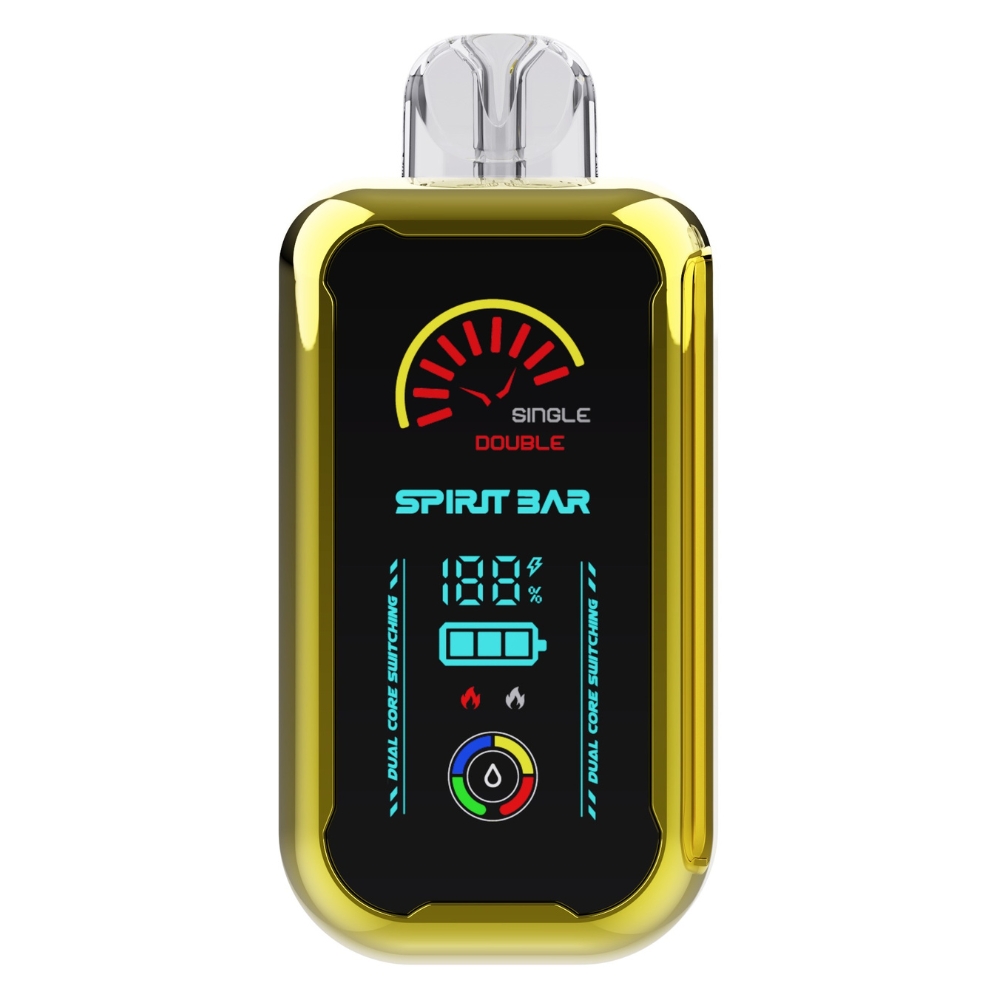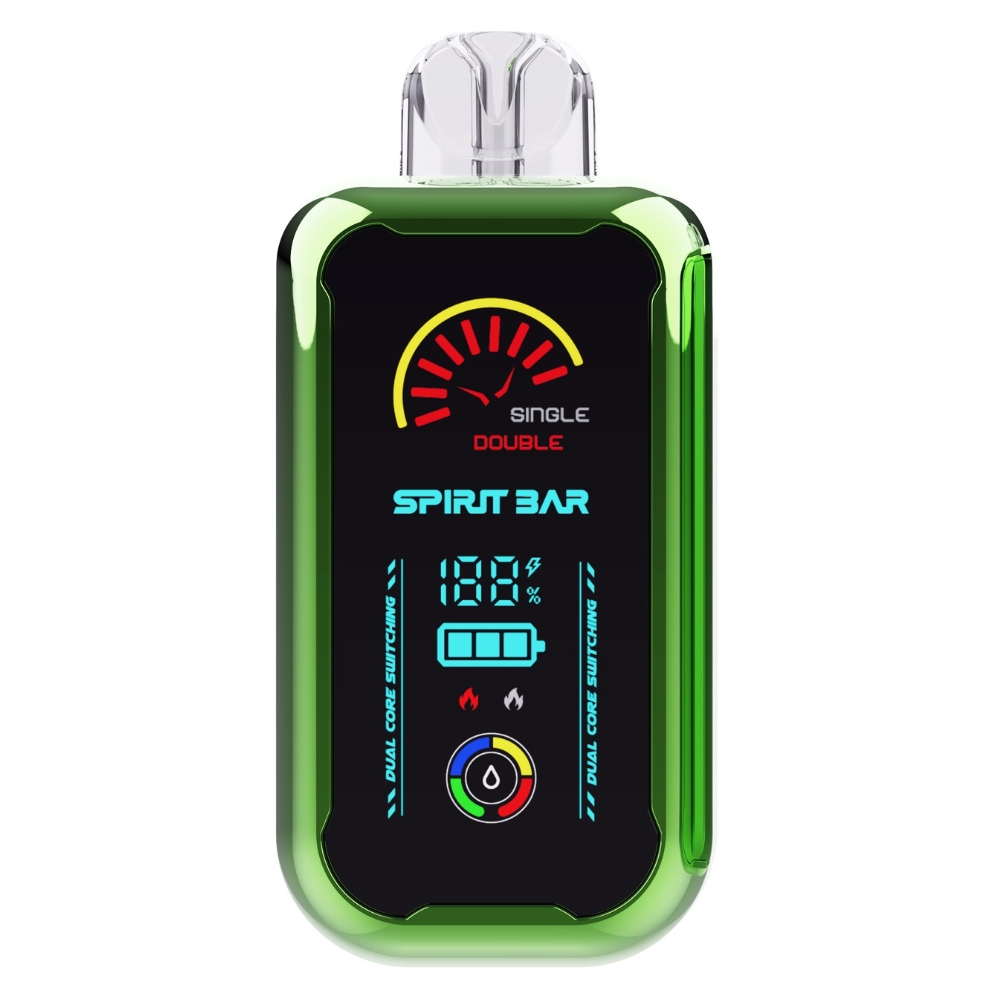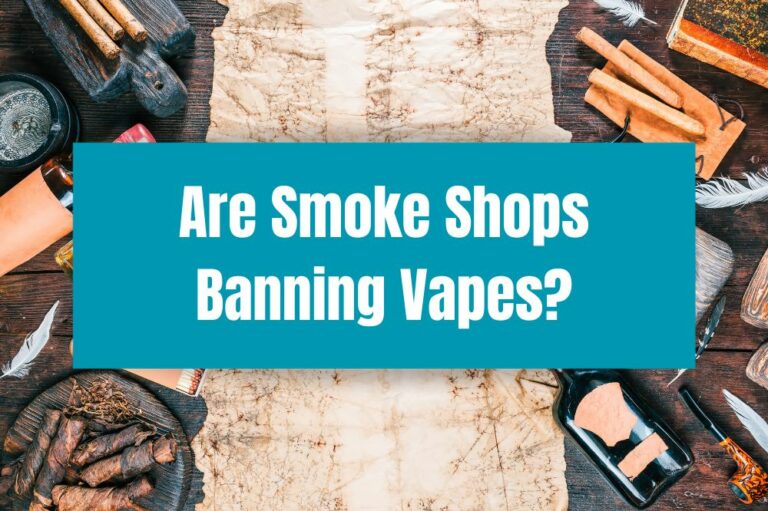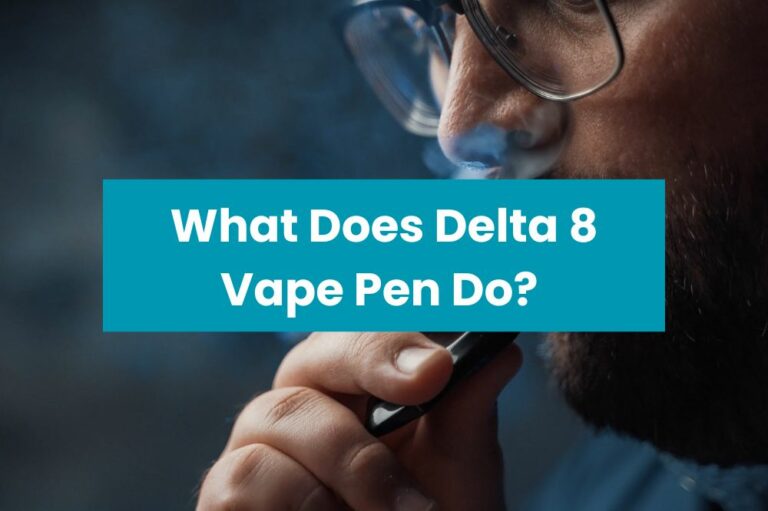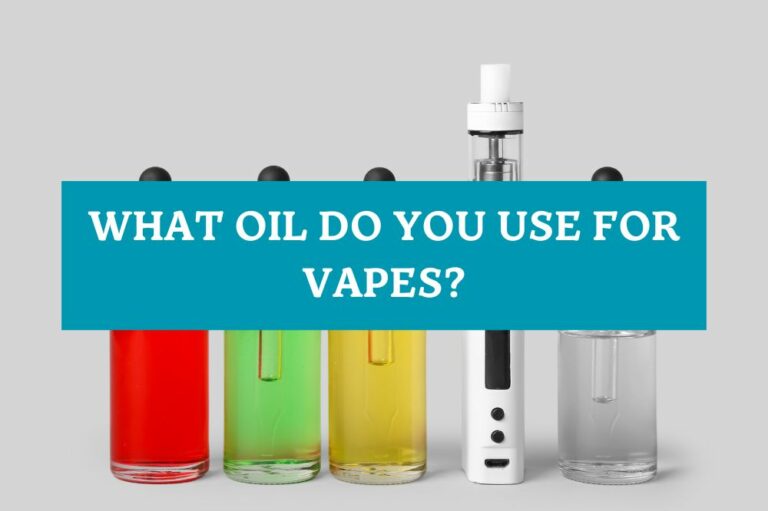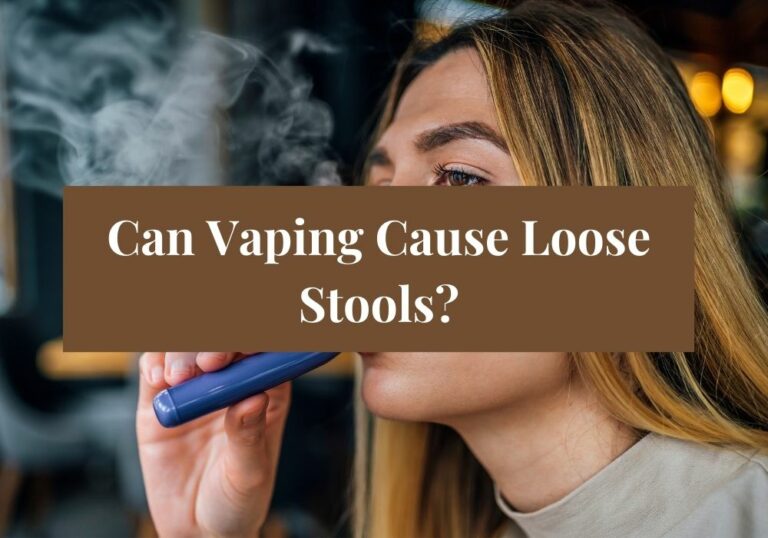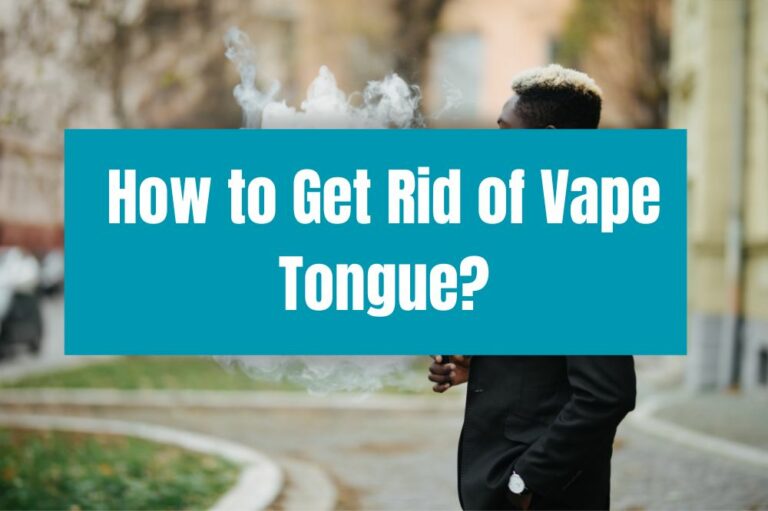Is Vaping Food Flavoring Safe?
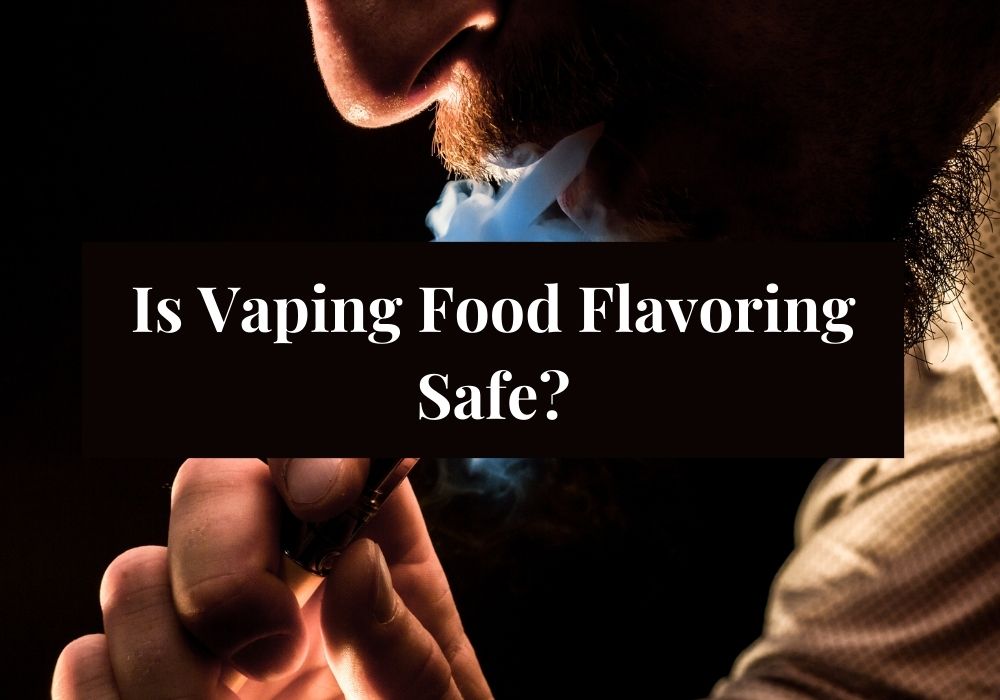
If you are a vaper, you might be curious about the safety of food flavoring in e-juice. While many people assume that food flavoring is safe to vape, there is limited evidence to support this claim. In fact, research suggests that vape juice flavors, when combined with other ingredients and heated, can create new compounds that may be harmful to your health.
According to a study by Yale Medicine, inhaling vapor from flavored e-cigarette liquid exposes users to previously undetected chemical byproducts. Although the long-term effects of these chemical compounds are not yet known, it is clear that they can have a negative impact on your health. While some flavorings are safe to eat, they may not be safe to inhale, which is why it’s important to be cautious when choosing e-juice flavors.
If you are concerned about the safety of food flavoring in e-juice, it’s important to do your research before making a purchase. While some flavorings may be safe to vape, others may contain harmful compounds that can have a negative impact on your health. By staying informed and making informed decisions, you can enjoy vaping without putting your health at risk.
Understanding Vaping
If you are new to vaping, it is important to understand what it is and how it works. Vaping is the act of inhaling and exhaling a vapor produced by an electronic device, commonly known as an e-cigarette or vape pen. The device heats a liquid, called vape juice or e-liquid, which is then turned into a vapor that is inhaled by the user.
Vape juice comes in a variety of flavors, including candy, bubblegum, and children’s cereals. While these flavors may be appealing, it is important to note that the flavor is just one of the ingredients in e-liquid. Other ingredients may include propylene glycol (PG), vegetable glycerin (VG), nicotine, and other chemicals.
PG and VG are considered safe to use in food and cosmetics, but their safety when inhaled is still being studied. Nicotine is a highly addictive substance and can have negative health effects, particularly for children and teens.
It is also important to note that not all vape juice is created equal. Some products may contain harmful chemicals or contaminants, which can be dangerous when inhaled. Therefore, it is important to purchase vape juice from reputable sources and to read the ingredient labels carefully.
Overall, while vaping may be a less harmful alternative to smoking traditional cigarettes, it is not without risks. It is important to understand the potential risks and to use vaping products responsibly.
What is Food Flavoring?
Food flavoring is a substance that adds a specific taste or aroma to food. It is commonly used in the food and beverage industry to enhance the flavor of products. Food flavorings are made up of various natural and synthetic ingredients, such as fruit extracts, essential oils, and chemicals.
When it comes to vaping, food flavorings are often used to add flavor to e-liquids. These flavorings are usually the same ones used in food and beverage products, but they may be modified to make them more suitable for vaping.
It is important to note that not all food flavorings are safe to vape. Some flavorings may contain harmful chemicals or additives that can be dangerous when inhaled. Therefore, it is crucial to use flavorings that are specifically designed for vaping and are deemed safe for inhalation.
In general, food flavorings that are safe for consumption are not necessarily safe for inhalation. This is because the process of heating and vaporizing the flavorings can create new compounds that may be harmful to your health. As such, it is important to use caution when choosing and using food flavorings for vaping.
Is Food Flavoring Safe to Ingest?
When it comes to food flavoring, it is generally considered safe to ingest. Flavoring chemicals, such as aldehydes, are widely used in the flavor, food, and baking industries to enhance the taste of food and drinks. These chemicals have been studied, and safety standards have been established accordingly.
However, it is important to note that just because something is safe to eat does not necessarily mean it is safe to inhale. The safety of inhaling food flavoring, particularly in the form of vaping, is still a topic of debate among experts.
While vaping flavors without nicotine is generally considered safe for food use, there are still concerns about the potential health risks associated with inhaling the flavoring chemicals. Some studies have suggested that certain flavoring chemicals, such as diacetyl, can cause lung damage when inhaled in large quantities.
It is important to note that the risks associated with inhaling food flavoring are still being studied, and more research is needed to fully understand the potential health risks. If you choose to vape food flavoring, it is important to do so in moderation and to be aware of any potential health risks.
In summary, while food flavoring is generally considered safe to ingest, the safety of inhaling flavoring chemicals, particularly in the form of vaping, is still a topic of debate among experts. More research is needed to fully understand the potential health risks associated with inhaling food flavoring.
The Science of Vaping Food Flavoring
When it comes to vaping food flavoring, there are a few things you should know about the science behind it. Here are two important sub-sections to consider:
Chemical Composition
Food flavorings are made up of a variety of chemicals, some of which may not be safe to inhale. For example, a recent Yale study found that inhaling vapor from flavored e-cigarette liquid exposes users to previously undetected chemical byproducts. While natural flavors such as vanilla, lavender, and orange are generally considered safe for consumption, the same cannot be said for all flavorings used in vaping products.
It’s important to note that the chemical composition of food flavorings can vary widely depending on the manufacturer and the specific flavor. Some flavorings may contain diacetyl, a chemical linked to a serious lung disease called bronchiolitis obliterans. Other flavorings may contain harmful chemicals such as acrolein, formaldehyde, and acetaldehyde.
Heat Alteration
When you vape food flavorings, you are heating them up and inhaling the resulting vapor. This process can alter the chemical composition of the flavorings and create new and potentially harmful compounds. For example, a study published in the journal Nature found that when e-cigarettes are heated, they can produce toxic chemicals such as formaldehyde and acetaldehyde.
In addition to altering the chemical composition of flavorings, heating them up can also change the way they taste. Some flavorings may taste different or even unpleasant when they are heated up, which can make vaping them less enjoyable.
Overall, the science behind vaping food flavorings is complex and not fully understood. While some flavorings may be safe to vape, others may contain harmful chemicals or produce toxic byproducts when heated up. If you choose to vape food flavorings, it’s important to do your research and choose products from reputable manufacturers that have been tested for safety.
Health Risks of Vaping Food Flavoring
If you are considering vaping food flavoring, it’s essential to understand the potential health risks. While flavoring agents are generally recognized as safe for ingestion, inhaling them can have harmful effects on your health. Here are some of the health risks of vaping food flavoring.
Lung Damage
When you inhale food flavoring, it can cause damage to your lungs. A study conducted by scientists at the University of Rochester Medical Center found that inhaling flavoring chemicals can lead to inflammation and damage to lung cells. This damage can cause respiratory problems, including chronic bronchitis and asthma.
Moreover, the study found that inhaling flavoring chemicals can also cause lung disease, such as popcorn lung. Popcorn lung is a severe respiratory disease that damages the small airways in the lungs, making it difficult to breathe.
Other Health Concerns
In addition to lung damage, vaping food flavoring can also cause other health concerns. For instance, some flavoring agents contain diacetyl, a chemical that has been linked to severe respiratory problems. Diacetyl is commonly found in buttery flavors, such as popcorn and custard.
Furthermore, some flavoring agents can contain harmful chemicals, such as formaldehyde and acrolein. These chemicals can cause irritation to the eyes, nose, and throat, and can also cause respiratory problems.
Overall, vaping food flavoring can have harmful effects on your health. If you are considering vaping, it’s essential to understand the potential risks and make an informed decision. It’s also important to choose reputable brands that use high-quality ingredients and avoid flavoring agents that contain harmful chemicals.
Regulations and Recommendations
FDA Stance
The FDA has been working to regulate e-cigarettes and vaping products, including flavored e-cigarettes, to protect public health. In January 2020, the FDA finalized an enforcement policy prohibiting the sale of unauthorized flavored cartridge-based e-cigarettes that appeal to children. The agency has also been working to regulate electronic nicotine delivery systems (ENDS), which includes e-cigarettes and vape pens, among other products.
Health Experts’ Opinions
Many health experts are concerned about the safety of food flavoring in e-cigarettes. While some flavorings are generally recognized as safe (GRAS) for ingestion, they may not be safe when inhaled. The American Lung Association warns that inhaling flavoring chemicals, such as diacetyl, can cause serious lung disease, including bronchiolitis obliterans, also known as “popcorn lung”.
The World Health Organization (WHO) has also warned that e-cigarettes and vaping products may pose health risks, especially to young people, pregnant women, and fetuses. The WHO recommends that e-cigarettes be regulated to minimize exposure to toxicants and protect public health.
In summary, while the FDA has taken steps to regulate e-cigarettes and flavored vaping products, health experts warn that inhaling flavoring chemicals may pose health risks, especially to vulnerable populations.
Alternatives to Food Flavoring in Vaping
If you’re concerned about the safety of food flavoring in vaping, there are alternatives you can consider. Here are some options to explore:
1. Natural Extracts
Natural extracts, such as vanilla, peppermint, and cinnamon, can be used to flavor your e-juice. These extracts are derived from natural sources and are generally considered safe for consumption. However, it’s important to note that some natural extracts can be irritating to the lungs, so it’s best to use them sparingly.
2. Tobacco Flavors
If you’re looking for a more traditional vaping experience, you might consider using tobacco-flavored e-juice. These flavors are designed to mimic the taste of tobacco cigarettes, so they can be a good option if you’re trying to quit smoking.
3. Unflavored E-Juice
If you don’t want to use any flavoring in your e-juice, unflavored e-juice is a good option. This type of e-juice contains only the base ingredients, which typically include propylene glycol (PG) and vegetable glycerin (VG). While unflavored e-juice doesn’t provide any flavor, it can still provide a satisfying vaping experience.
4. DIY Flavoring
If you’re feeling adventurous, you can try making your own e-juice flavorings using natural extracts, essential oils, or other food-grade flavorings. However, it’s important to note that DIY flavoring can be risky if you don’t know what you’re doing. Make sure to research the ingredients you’re using and follow a reputable recipe to ensure your safety.
Keep in mind that while these alternatives may be safer than food flavoring, they still come with their own risks. Always use caution when vaping and make sure to follow best practices for safe vaping.

